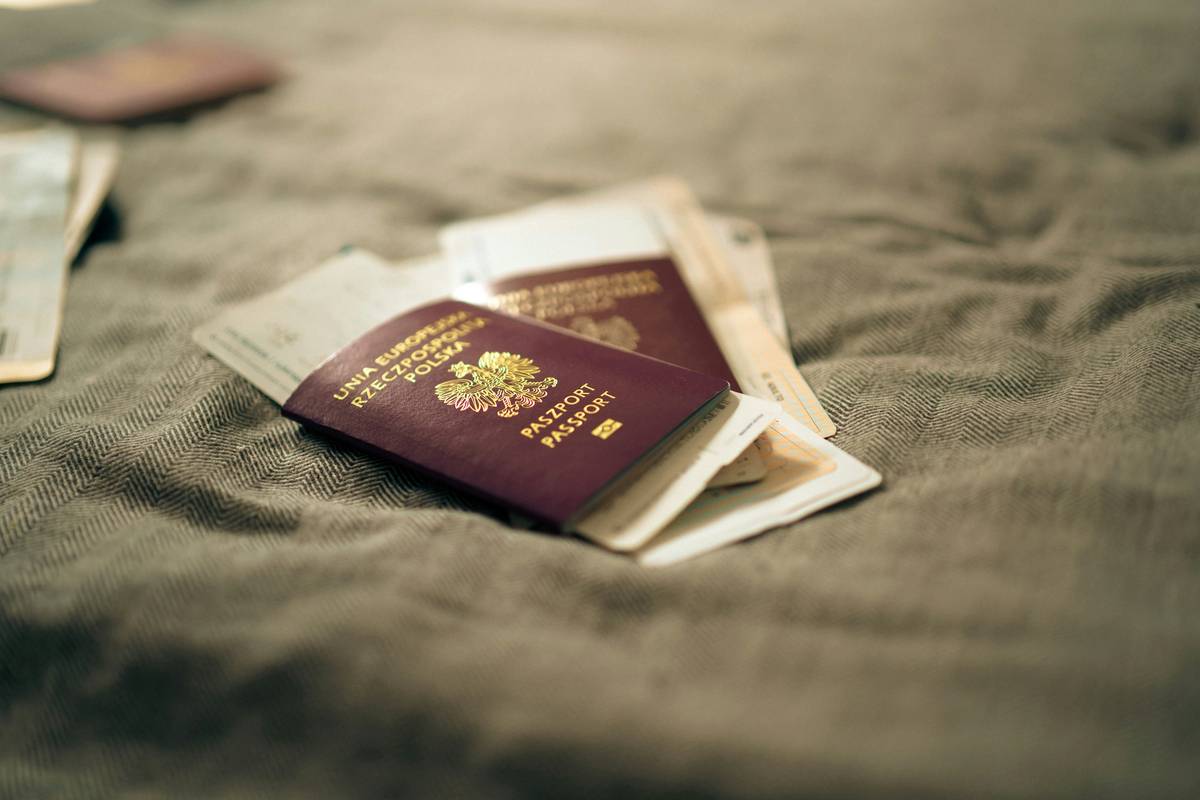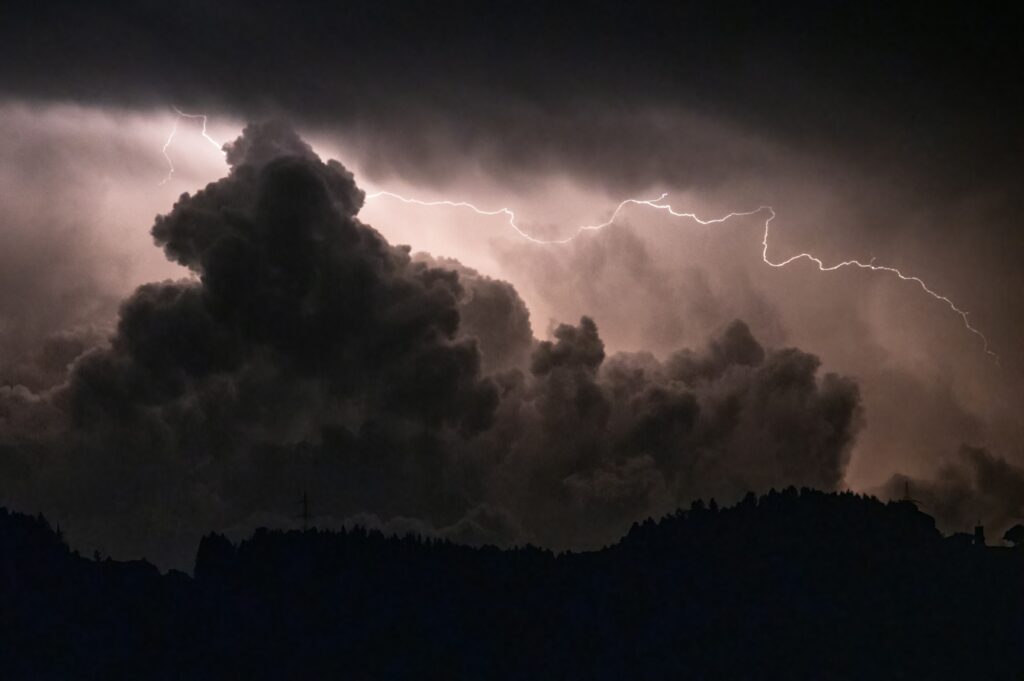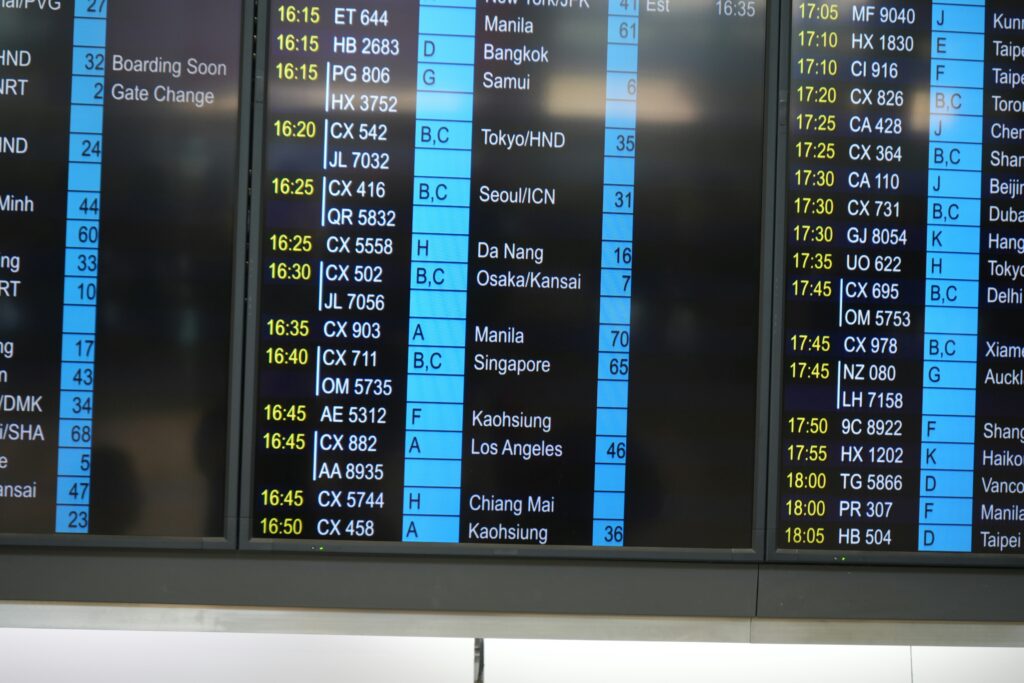Hook: Ever been stranded at an airport for 24 hours because of a hurricane warning? Yeah, it’s as fun as waiting in line at the DMV—except you’re stuck with stale pretzels instead of free Wi-Fi.
If extreme weather has ever thrown your travel plans into chaos, you already know how frustrating and expensive it can be. But here’s the thing: there’s a way to fight back. Enter extreme weather travel insurance. This guide will walk you through everything from why it matters to how to pick the best plan without tearing your hair out.
- Key Takeaways
- The Problem With Travel Delays Due to Extreme Weather
- How to Choose the Right Extreme Weather Travel Insurance
- Tips & Best Practices for Maximizing Your Insurance Benefits
- Real-Life Examples
- FAQs About Extreme Weather Travel Insurance
Key Takeaways
- Extreme weather events are becoming more frequent, causing costly disruptions for travelers.
- Travel delay insurance within extreme weather policies can save you money and hassle.
- Not all insurance plans cover “acts of nature,” so read the fine print carefully.
- Picking the right policy requires understanding what’s included—and what’s not.
- Avoid falling for flashy marketing; prioritize coverage over price.
The Problem With Travel Delays Due to Extreme Weather
Let me start by confessing something embarrassing: I once booked a beach vacation during hurricane season. Rookie move, right? Turns out, my flight was delayed for three days due to a category 5 storm brewing offshore. Not only did I lose hundreds on non-refundable hotel fees, but I also spent those long hours eating questionable airport food while scrolling Instagram stories of friends sipping margaritas. Lesson learned? Always check the forecast—and get insured.
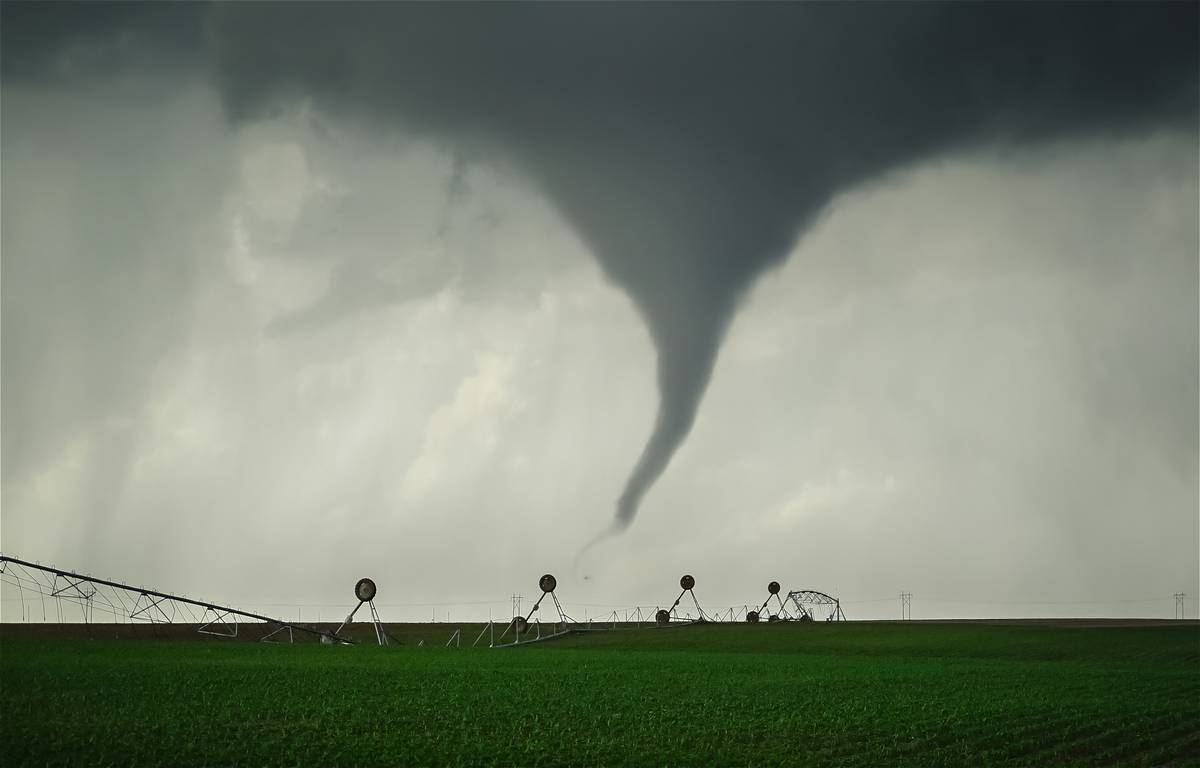
According to NOAA, extreme weather events have become nearly three times more common since 1980. And guess who bears the brunt when flights get canceled or diverted? Yep, YOU. That’s where travel delay insurance, often bundled under broader extreme weather travel insurance policies, comes in handy.
Optimist You: “This kind of insurance sounds like a no-brainer!”
Grumpy Me: “Ugh, yeah—but don’t forget to actually read the damn terms first.”
How to Choose the Right Extreme Weather Travel Insurance
Selecting the perfect policy doesn’t have to feel like deciphering ancient runes. Here’s what you need to do:
Step 1: Assess Your Risk Level
Are you heading somewhere prone to hurricanes, blizzards, or wildfires? For instance, Florida tourists should absolutely consider policies that explicitly cover hurricanes. If you’re jetting off to Iceland, maybe focus on volcanic eruption clauses. Point is, tailor your choice based on destination-specific risks.
Step 2: Check Coverage Limits
Not all plans are created equal. Some might offer $500 per day for lodging during delays, while others cap it at $150. Know your limits before signing up.
Step 3: Look Beyond Marketing Gimmicks
Sure, some companies throw around buzzwords like “comprehensive” or “all-inclusive.” But if they sneakily exclude “acts of God,” you could still end up footing the bill. Spoiler alert: most natural disasters fall into this vague category.
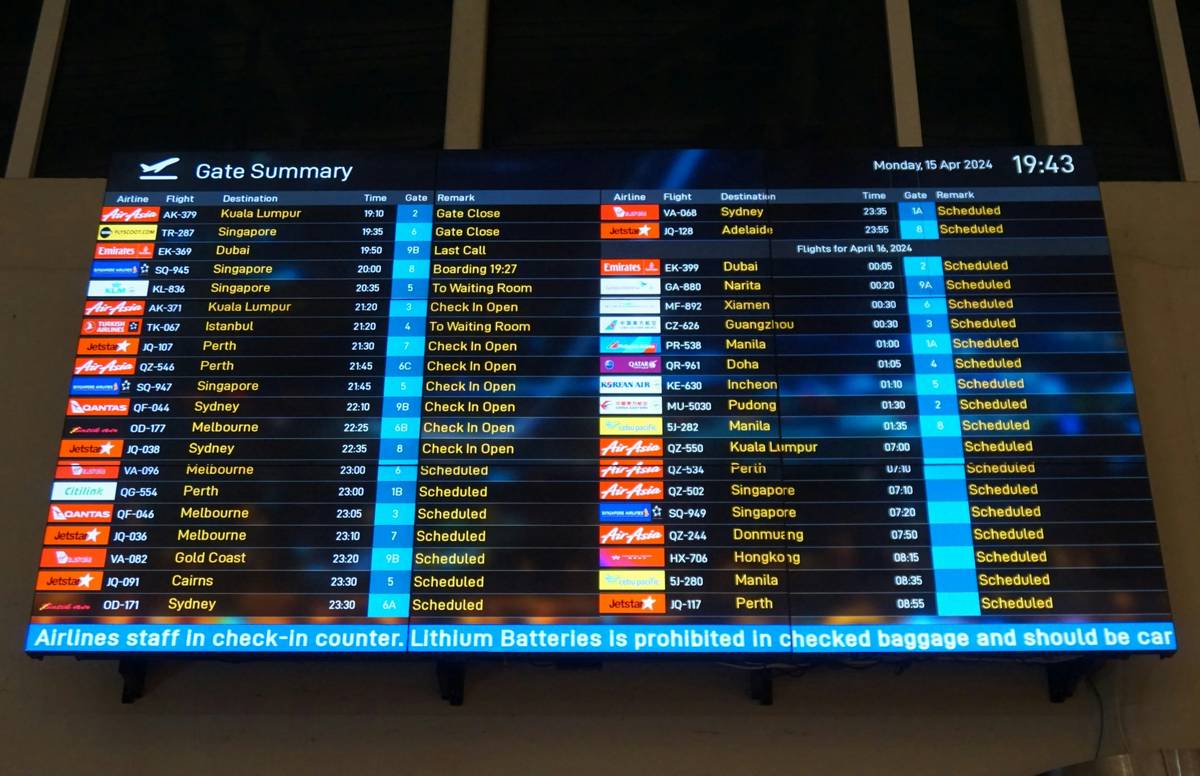
Tips & Best Practices for Maximizing Your Insurance Benefits
- Document Everything: Keep receipts, take photos, and maintain records of communications with airlines and hotels.
- Know What Triggers Coverage: Most policies won’t kick in unless your delay exceeds a certain threshold (usually 6–12 hours).
- Avoid Cheap Plans: Yes, opting for the cheapest option feels tempting, but skimpy coverage could leave you high and dry.
- (Terrible Tip) Rely Solely on Credit Card Protections: While many credit cards provide basic travel protections, these typically pale in comparison to dedicated insurance plans. Trust me—this strategy is a recipe for regret.
Real-Life Examples
Case Study #1: Maria was flying from New York to Puerto Rico when Hurricane Fiona hit. Thanks to her extreme weather travel insurance, she received compensation for her hotel stay, meals, and even transportation costs when her original itinerary fell apart.
Case Study #2: Jake traveled to Denver during ski season only to find himself snowed in for four days. His policy covered his expenses and even refunded part of his unused lift tickets. Score!

FAQs About Extreme Weather Travel Insurance
Is Extreme Weather Covered Under Standard Travel Insurance?
Not always. Many standard plans exclude things like floods or earthquakes unless specifically stated otherwise. Read the fine print!
What Counts as ‘Extreme’ Weather?
Definitions vary, but generally include hurricanes, tornadoes, blizzards, and other severe conditions that disrupt normal operations.
Can I Purchase Insurance Last Minute?
Sometimes, but timing matters. Policies usually require purchase well ahead of departure dates to fully cover unforeseen events.
Conclusion
Life throws curveballs, and extreme weather is one of its favorites. Don’t let unpredictable skies ruin your next adventure; invest in a solid extreme weather travel insurance policy. By assessing risk levels, scrutinizing coverage details, and keeping documentation organized, you’ll be ready for whatever Mother Nature throws your way.
Like a Tamagotchi, your travel insurance needs daily care—so double-check that policy before booking your next trip. 🌦️ ✈️
